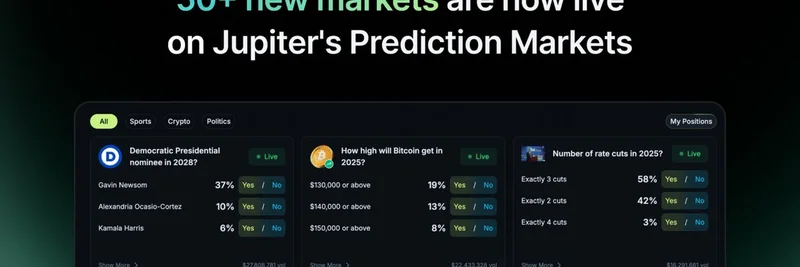Hey there, crypto enthusiasts! If you’ve been keeping an eye on the latest blockchain buzz, you’ve probably seen the exciting news from BSCNews. Chainlink, the powerhouse behind secure data for smart contracts, has teamed up with the Falcon Stablecoin Consortium to supercharge USDf, a stablecoin now natively cross-chain on both Ethereum and BNB Chain. This move is shaking up the decentralized finance (DeFi) world, and we’re here to break it down for you in simple terms.
What’s the Big Deal with USDf and Cross-Chain Tech?
So, what exactly is happening here? USDf is a stablecoin—think of it like a digital dollar that doesn’t swing wildly in value like Bitcoin or Ethereum. It’s pegged to the US dollar, making it a reliable option for transactions and savings in the crypto space. The cool part? Thanks to Chainlink’s technology, USDf can now work seamlessly across two major blockchains: Ethereum and BNB Chain.
Cross-chain interoperability is a fancy term for blockchains “talking” to each other. Imagine Ethereum and BNB Chain as separate highways—before, you’d need a bridge to move assets between them. Chainlink acts like that bridge, using smart contracts (self-executing agreements on the blockchain) to securely transfer data and value. This means USDf users can enjoy the benefits of both ecosystems without jumping through hoops.
Why Chainlink and Falcon Stablecoin Consortium Matter
Chainlink isn’t new to the game—it’s a leading oracle network that connects blockchains to real-world data. Oracles are like messengers that feed information (like prices or transaction details) into smart contracts. With this integration, Chainlink ensures USDf operates smoothly and securely across chains, which is a huge win for DeFi users.
The Falcon Stablecoin Consortium, on the other hand, is the group behind USDf. They’re focused on creating stablecoins that work across multiple blockchains, and this partnership with Chainlink is a big step toward that goal. The image from the tweet—featuring the Chainlink logo, USDf’s sleek design, and stacks of gold coins—symbolizes the value and stability this collaboration brings to the table.
How This Impacts DeFi and Meme Token Enthusiasts
For those of you diving into DeFi, this means more flexibility. You can use USDf for lending, borrowing, or trading on either Ethereum or BNB Chain without worrying about volatility. Plus, with BNB Chain being a hub for meme tokens (check out our latest meme token insights), this could open doors for integrating stablecoins into meme-based projects for added stability.
Meme Insider readers might also appreciate how this tech could inspire new meme token launches. Imagine a meme coin backed by a stablecoin like USDf—less price swings, more fun! We’ll keep you posted on any wild meme token ideas that pop up from this.
The Future of Stablecoins on Blockchain
This isn’t just a one-off update. The web is buzzing with insights, like how BNB Chain aims to lead in stablecoin infrastructure, or how stablecoins are reshaping global finance according to the World Economic Forum. With USDf’s cross-chain capabilities, we’re likely seeing the early stages of a stablecoin revolution.
So, what do you think? Are you excited to see USDf in action, or do you have questions about how this fits into the bigger crypto picture? Drop your thoughts in the comments, and stay tuned to Meme Insider for more updates on blockchain tech and meme token trends!




